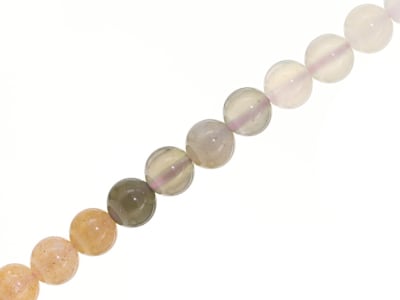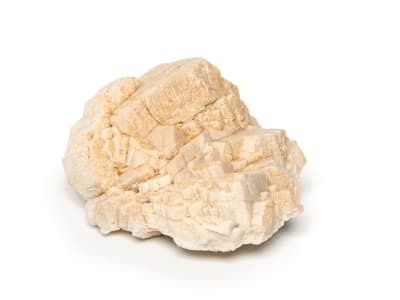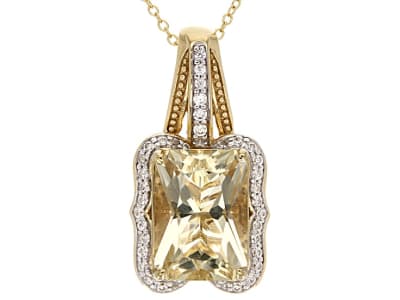The feldspar group is made up of many closely related mineral species. Feldspar minerals are some of the most abundant minerals within the Earth’s crust and are a common component of rocks. Species that are rich in potassium (K) are called potassium feldspars. Orthoclase, Microcline (Amazonite), and Sanidine are potassium feldspars. Feldspars rich in sodium (Na) or calcium (Ca) are plagioclase feldspars. Albite, Oligoclase, Andesine, Labradorite, Bytownite, and Anorthite are plagioclase feldspars. The crystal structures of potassium and plagioclase feldspar are so similar that they frequently occur together, as alternating bands, within the same material. Feldspars can be triclinic or monoclinic depending on variety.
General Information
LWUV: Inert to weak reddish orange; inert to weak white
Feldspar Colors
-
 Black
Black -
 Blue
Blue -
 Brown
Brown -
 Colorless
Colorless -
 Gray
Gray -
 Green
Green -
 Multi-color
Multi-color -
 Orange
Orange -
 Pink
Pink -
 Red
Red -
 White
White -
 Yellow
Yellow
Feldspar Spectra
We acknowledge the significant scientific contributions of John S Harris, FGA to the study of gemstone spectra and with deep appreciation to him, acknowledges the use of his images and related notes about gemstones and their spectra in the educational materials on this website.
Countries of Origin
Tanzania, United Republic Of; Russian Federation; United States of America; Madagascar; India; Canada; Mongolia; Pakistan; Unknown; China; Namibia; Brazil; Italy; Mexico
Care
Normal care for most varieties of feldspar. Avoid hard wear, heat, chemicals and ultrasonic cleaners for amazonite and sunstone.
Species/Variety
Orthoclase Feldspar
While feldspar is one of the most abundant mineral families in the world, gem quality crystals are scarce, coveted and spectacularly beautiful, as they often possess rare optical effects. Many feldspar gems only occur in isolated deposits and are far rarer than better known gems such as diamond, ruby or sapphire. Some varieties are commonly encountered and many are seen in granites, for example, "Black Pearl" granite countertops are actually composed mostly of feldspar. While orthoclase, a potassium-rich feldspar, is better known to collectors, there is one variety that many are familiar with--moonstone, prized for its shimmering adularescence.
Tolerance:(+0.010/-)0.010)
LWUV: Transparent yellow: Inert to weak reddish orange semitranslucent white: red




